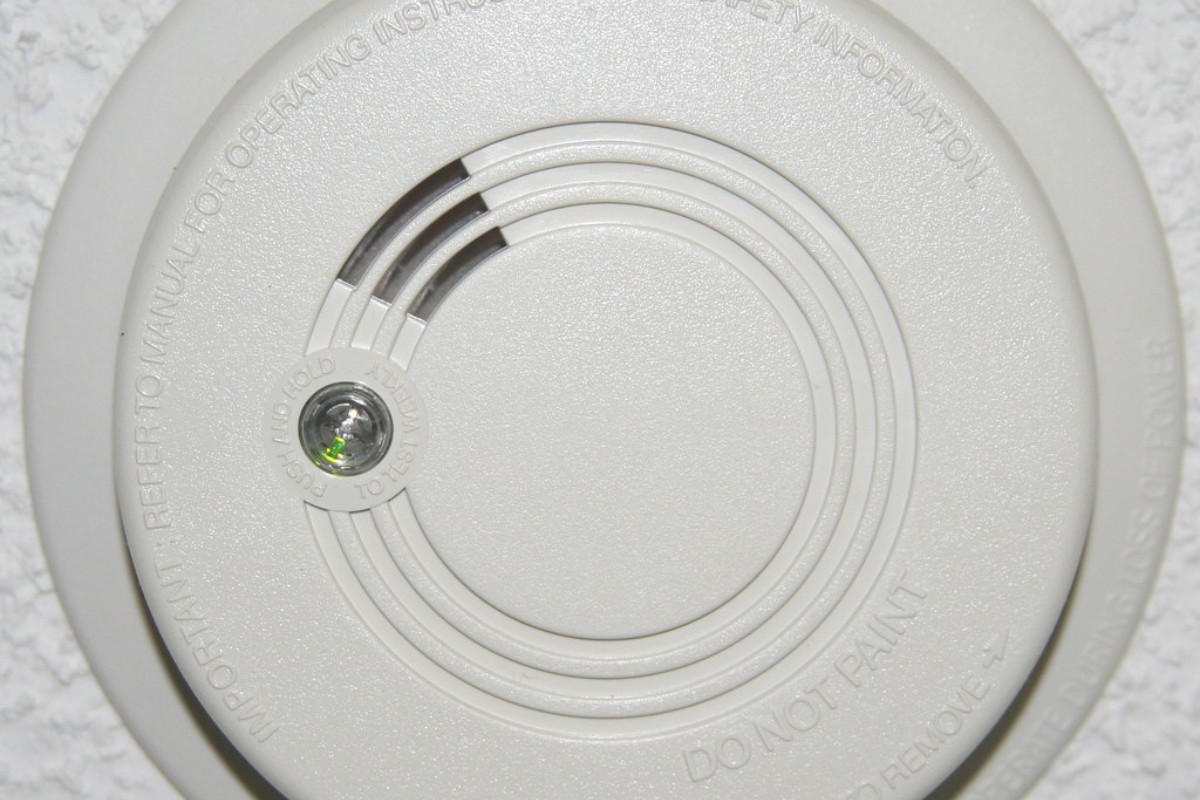

Articles
How Much Americium-241 Is In A Smoke Detector
Modified: January 18, 2024
Discover how much Americium-241 is present in a smoke detector through this informative article. Gain insights on the importance of articles in understanding radiation safety.
(Many of the links in this article redirect to a specific reviewed product. Your purchase of these products through affiliate links helps to generate commission for Storables.com, at no extra cost. Learn more)
Introduction
Welcome to the fascinating world of smoke detectors! These small devices play a crucial role in safeguarding our homes and workplaces by alerting us to the presence of smoke and potential fires. But have you ever wondered what makes smoke detectors tick? One important component found in many smoke detectors is a highly radioactive element known as Americium-241.
In this article, we will delve into the world of Americium-241 and explore its role in smoke detectors. We will discuss the amount of Americium-241 present in these devices, the regulations and safety measures surrounding its use, and the proper disposal and recycling methods for smoke detectors containing this radioactive material.
So, buckle up and get ready to discover the fascinating science behind smoke detectors and the unique place that Americium-241 holds in their functioning!
Key Takeaways:
- Americium-241, a radioactive element in smoke detectors, emits ionizing radiation to efficiently detect smoke. Its regulated amount ensures minimal risk to users while providing crucial early warning for potential fires.
- Proper disposal and recycling of smoke detectors containing Americium-241 are essential for safe handling of radioactive material. Follow manufacturer instructions, local regulations, and recycling programs to contribute to fire prevention and environmental safety.
Read more: How Much Is A Smoke Detector
What is Americium-241?
Americium-241 is a radioactive isotope of the element Americium, which is a synthetic element not found naturally in the environment. It is produced by bombarding plutonium-239 with neutrons in a nuclear reactor. This process results in the creation of Americium-241, along with other isotopes of Americium.
Americium-241 is characterized by its high radioactivity, emitting both alpha and gamma radiation. Its half-life, which is the time it takes for half of the radioactive material to decay, is approximately 432 years. This means that over time, the radioactivity of Americium-241 decreases, but it remains hazardous for a long period.
The unique properties of Americium-241 make it suitable for various applications, including smoke detectors. Due to its ability to release ionizing radiation, Americium-241 is employed in small amounts to detect the presence of smoke particles in the air.
It’s worth mentioning that Americium-241 is also used in other fields, such as nuclear reactors, research and development, and even in the production of some pacemakers.
The Role of Americium-241 in Smoke Detectors
Now, let’s unravel the role that Americium-241 plays in the functionality of smoke detectors. Smoke detectors are designed to detect the presence of smoke particles in the air, signaling the potential presence of a fire. Americium-241 is a crucial component in a type of smoke detector known as an ionization smoke detector.
An ionization smoke detector contains two key components: a small amount of Americium-241 and a chamber containing air molecules. When the ionization smoke detector is powered on, a small electrical current is sent across the chamber. The ionizing radiation emitted by the Americium-241 ionizes the air molecules in the chamber, creating electrically charged particles.
In normal conditions, without the presence of smoke, the electrically charged particles recombine quickly, restoring the balance in the chamber and keeping the electrical current steady. However, when smoke enters the chamber, it disrupts the recombination process and interrupts the electrical current.
This interruption triggers an alarm, indicating the presence of smoke. The alarm may be in the form of a loud siren or a flashing light, alerting individuals to the potential danger and allowing them to take immediate action, such as evacuating the building or contacting emergency services.
The ionization smoke detector’s ability to quickly detect the presence of smoke is crucial in minimizing the risk of fire-related injuries and fatalities. By utilizing Americium-241’s ionizing radiation properties, these smoke detectors provide a reliable and efficient early warning system, giving occupants valuable time to respond to the danger.
It’s important to note that while ionization smoke detectors are effective at detecting fast-flaming fires, they may be less sensitive in detecting slow-burning, smoldering fires. For comprehensive fire detection, it is recommended to use a combination of ionization and photoelectric smoke detectors.
How Much Americium-241 is Present in Smoke Detectors?
The amount of Americium-241 present in smoke detectors is relatively small and carefully regulated. The purpose of incorporating Americium-241 in smoke detectors is to ensure their proper functioning without posing significant health risks to users.
Typically, a typical ionization smoke detector contains a small sealed source of Americium-241 in the range of 0.2 to 0.4 microcuries (µCi). A microcurie is a unit of measurement that quantifies the intensity of radioactivity. While this amount may seem minimal, it is sufficient for the ionization process to detect the presence of smoke particles effectively.
The regulated amount of Americium-241 found in smoke detectors takes into account the need for sensitivity in detecting smoke while balancing the potential risk associated with its radioactivity. The low levels of Americium-241 emission minimize the exposure of individuals to ionizing radiation.
Moreover, it is vital to note that the Americium-241 contained within smoke detectors is securely sealed within the device, ensuring that there is no risk of direct contact or exposure to the radioactive material during normal use.
Given the small amount of Americium-241 and the stringent regulations in place, the use of smoke detectors in homes and commercial buildings remains safe and highly encouraged for fire prevention and early detection.
If ever the need arises to dispose of a smoke detector containing Americium-241, it is essential to follow proper disposal procedures to ensure the safe handling and disposal of the radioactive material. We will explore these disposal and recycling methods later in the article.
When disassembling a smoke detector, be cautious of the small amount of Americium-241 inside. It is a radioactive material and should be handled with care and disposed of properly.
Regulations and Safety Measures regarding Americium-241 in Smoke Detectors
Due to the radioactive nature of Americium-241, there are strict regulations and safety measures in place to ensure its safe use in smoke detectors. These regulations aim to protect individuals from unnecessary exposure to ionizing radiation while maintaining the effectiveness of smoke detectors in detecting potential fire hazards.
Various regulatory bodies, such as the U.S. Nuclear Regulatory Commission (NRC) in the United States, and similar organizations worldwide, set guidelines on the permissible amount of Americium-241 present in smoke detectors. These guidelines dictate the maximum quantity of radioactive material that can be used in manufacturing smoke detectors for commercial sale.
Additionally, manufacturers of smoke detectors must comply with safety standards and certifications specific to their respective regions. These standards outline stringent manufacturing processes, quality control measures, and safety requirements to ensure the proper handling and containment of Americium-241 within smoke detectors.
To further mitigate potential risks, there are safety measures in place for the disposal of smoke detectors containing Americium-241 once they reach the end of their lifespan. It is recommended to contact local authorities or waste management facilities to ensure proper disposal procedures are followed, as the radioactive material within the smoke detectors requires specialized handling and disposal methods.
It’s important to note that when properly used in smoke detectors, the exposure to Americium-241 is minimal and falls below the established safety limits. The overall risk associated with exposure to Americium-241 in smoke detectors is considered very low.
Nevertheless, it is crucial to prioritize safety and follow the instructions provided by the manufacturer regarding the installation, maintenance, and disposal of smoke detectors. Regular testing and inspection of smoke detectors are essential to ensure their proper functioning and early detection of potential fire incidents.
By adhering to regulations and safety measures, we can benefit from the reliable detection capabilities of smoke detectors while minimizing any potential risks associated with the presence of Americium-241.
Disposal and Recycling of Smoke Detectors Containing Americium-241
Proper disposal and recycling of smoke detectors containing Americium-241 are essential to ensure the safe handling and disposal of the radioactive material. When smoke detectors reach the end of their lifespan or become non-functional, it is crucial to follow specific guidelines for their disposal:
1. Contact local authorities: Before disposing of a smoke detector containing Americium-241, it is recommended to contact local authorities or waste management facilities. They can provide information on the proper disposal methods and any specific regulations in your area.
2. Follow manufacturer instructions: Manufacturers may provide specific instructions for the disposal of their smoke detectors. It is crucial to follow these guidelines to ensure the safe handling of the radioactive material. The manufacturer’s contact information can usually be found on the smoke detector or its packaging.
3. Check for recycling programs: Some regions have recycling programs or designated collection centers for electronic waste, including smoke detectors. These programs ensure that the radioactive material is safely handled and disposed of in an environmentally friendly manner.
4. Remove batteries: Before disposing of a smoke detector, it is important to remove and properly dispose of the battery. Batteries may contain hazardous materials and should be recycled separately following local regulations.
5. Do not dismantle the smoke detector: It is important not to dismantle the smoke detector yourself. The internal components, particularly the radioactive source, should only be handled by professionals trained in the handling of radioactive materials.
6. Follow local regulations: Different countries and jurisdictions may have specific regulations regarding the disposal of smoke detectors containing Americium-241. It is essential to familiarize yourself with these regulations and follow them accordingly to ensure compliance with local laws.
7. Educate others: Spread awareness about the proper disposal and recycling of smoke detectors containing Americium-241. Encourage others to follow the recommended guidelines to avoid the improper disposal of potentially hazardous material.
Recycling programs for smoke detectors are becoming increasingly available in many areas. These programs aim to separate and properly dispose of the radioactive source while recycling other components of the smoke detectors.
By following these disposal and recycling practices, we can contribute to a safer environment and ensure that Americium-241 is handled responsibly and in adherence to regulatory guidelines.
Conclusion
In conclusion, Americium-241 plays a crucial role in the functioning of smoke detectors, providing an early warning system for potential fires. Its ionizing radiation properties allow smoke detectors to detect the presence of smoke particles in the air efficiently.
Despite being a radioactive material, the amount of Americium-241 present in smoke detectors is carefully regulated and poses minimal risk to users when the devices are used correctly. Strict regulations and safety measures are in place to ensure the safe handling and disposal of smoke detectors containing Americium-241.
When disposing of smoke detectors, it is important to follow manufacturer instructions and local regulations. Contacting local authorities or waste management facilities can provide guidance on proper disposal methods and recycling programs for electronic waste.
Overall, proper utilization and disposal of smoke detectors containing Americium-241 contribute to fire prevention and early detection efforts while ensuring the safety of individuals and the environment.
Remember, smoke detectors are invaluable devices that save lives by alerting us to potential fire hazards. Regularly test and maintain your smoke detectors to ensure their optimal performance, and follow disposal and recycling guidelines to dispose of them safely when necessary.
By understanding the role of Americium-241 in smoke detectors and adhering to regulations and safety measures, we can continue to rely on these essential devices for effective fire detection and protection in our homes and workplaces.
Frequently Asked Questions about How Much Americium-241 Is In A Smoke Detector
Was this page helpful?
At Storables.com, we guarantee accurate and reliable information. Our content, validated by Expert Board Contributors, is crafted following stringent Editorial Policies. We're committed to providing you with well-researched, expert-backed insights for all your informational needs.

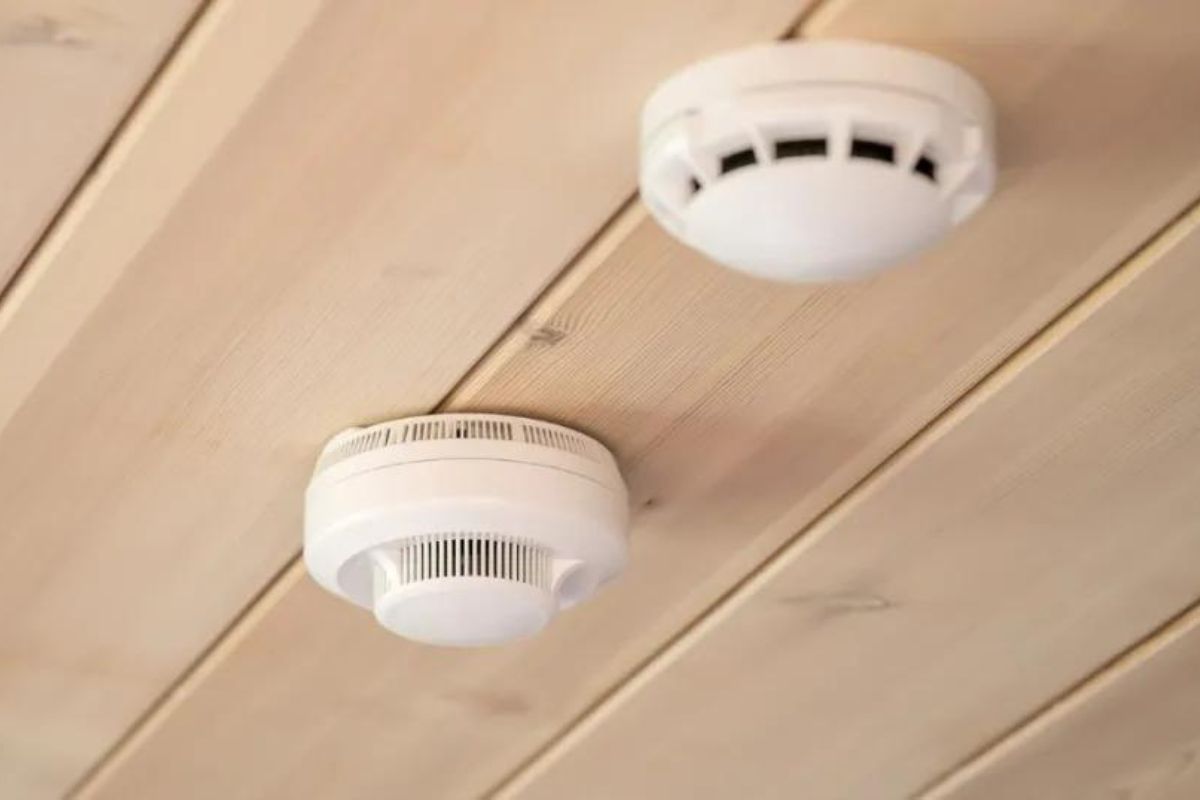
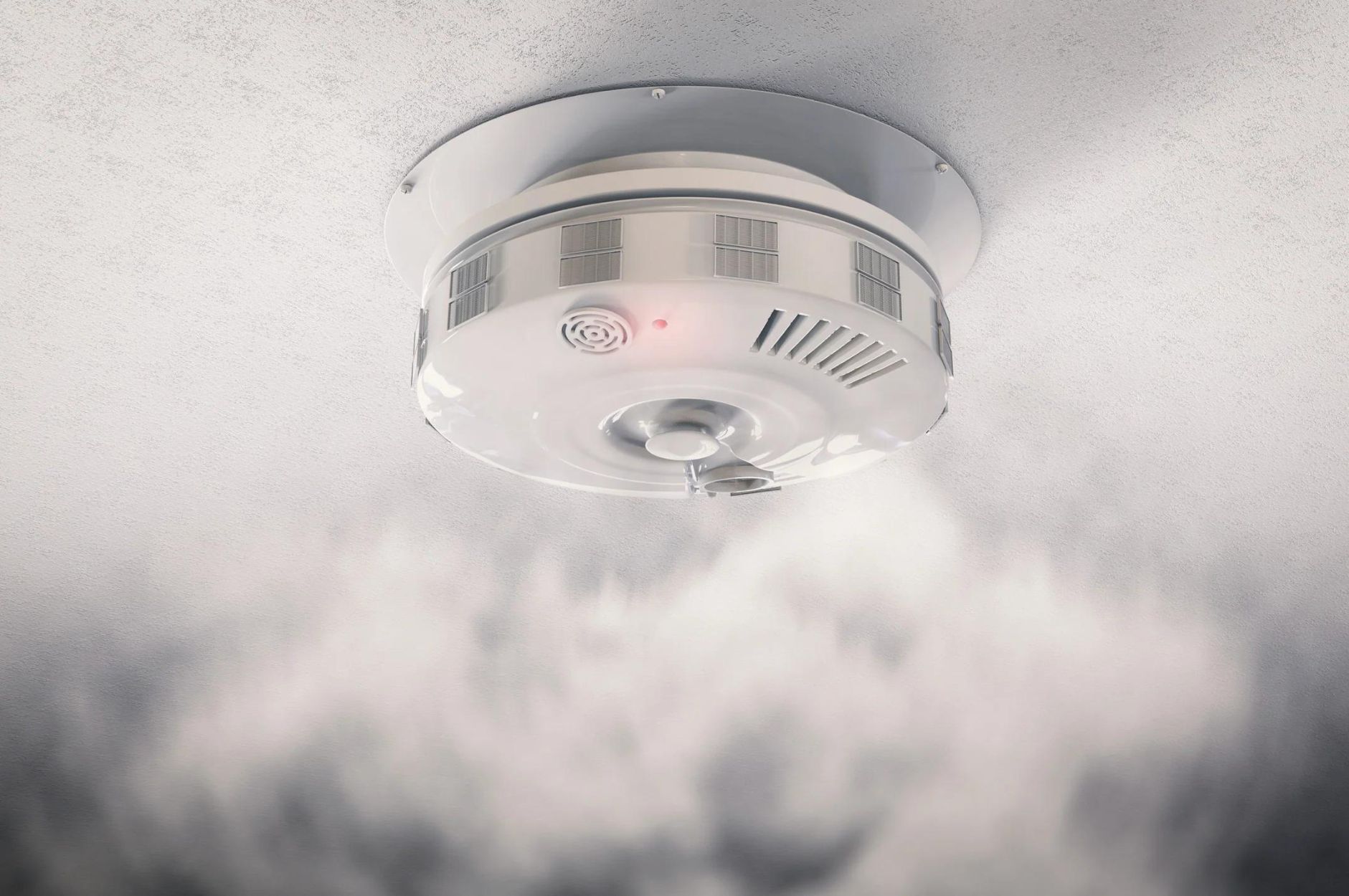
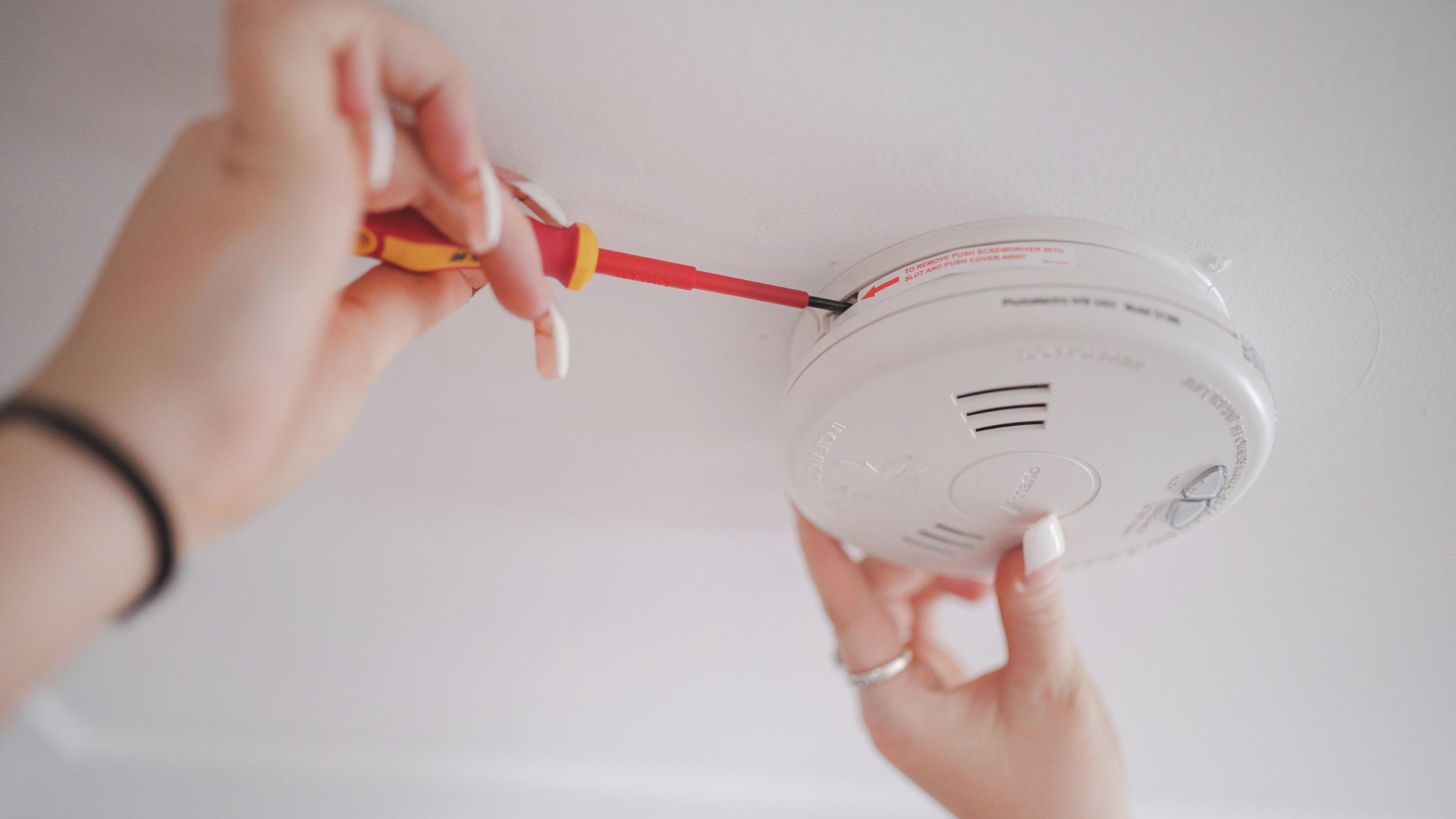
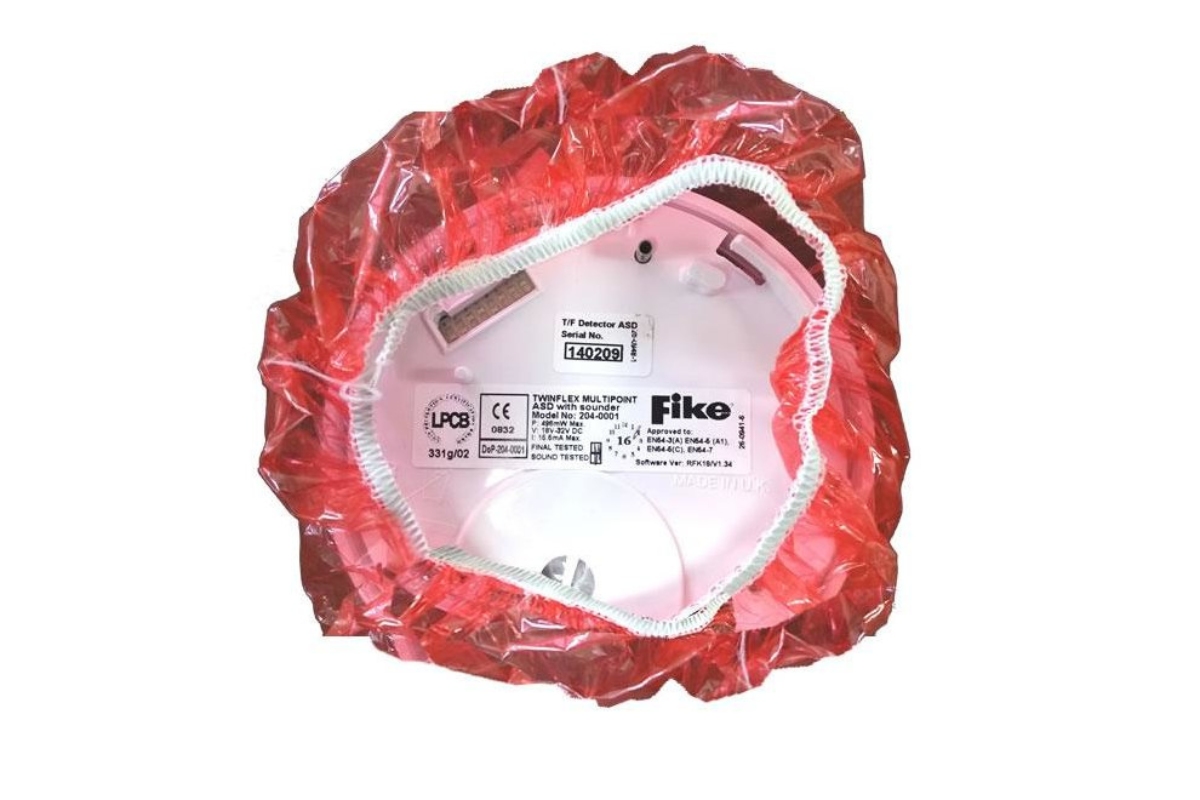
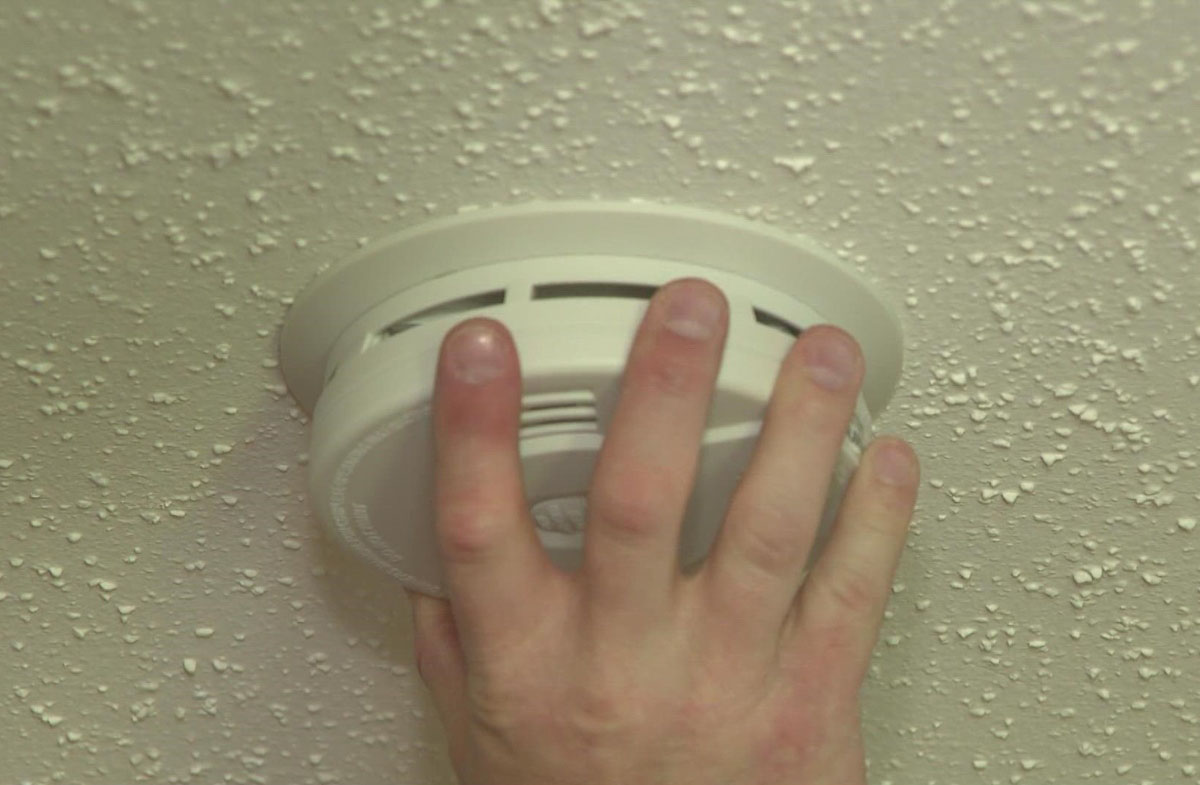

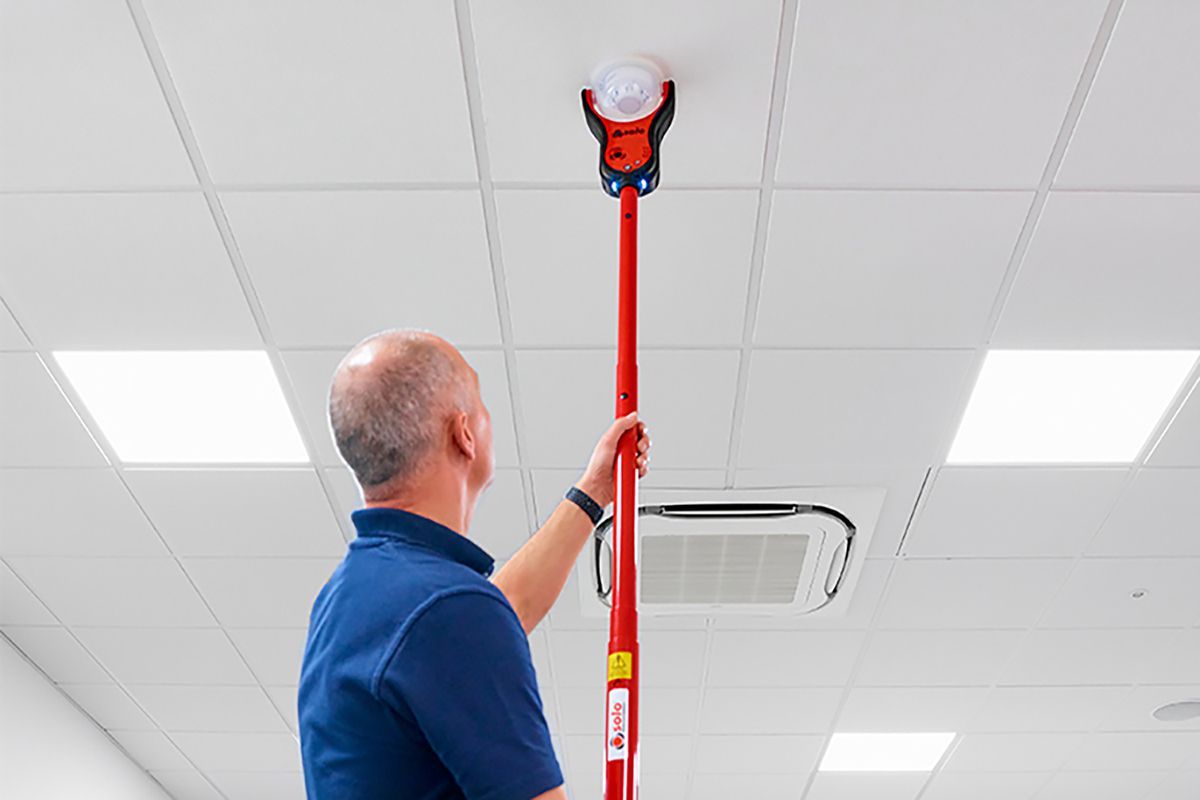
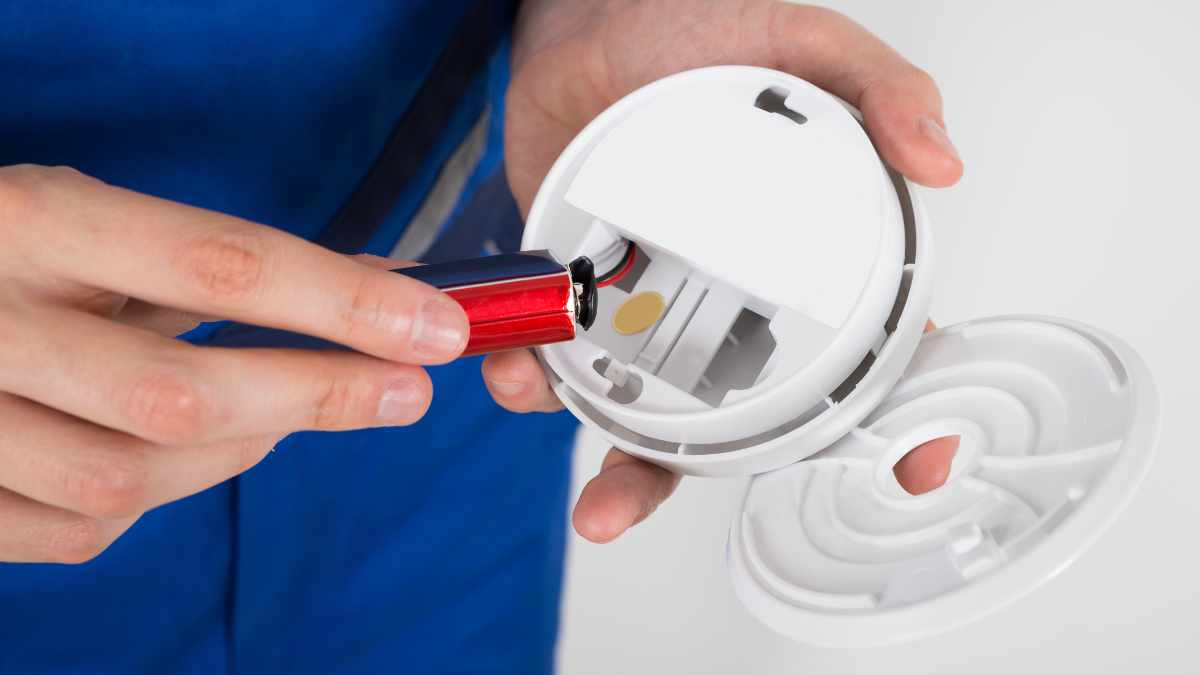
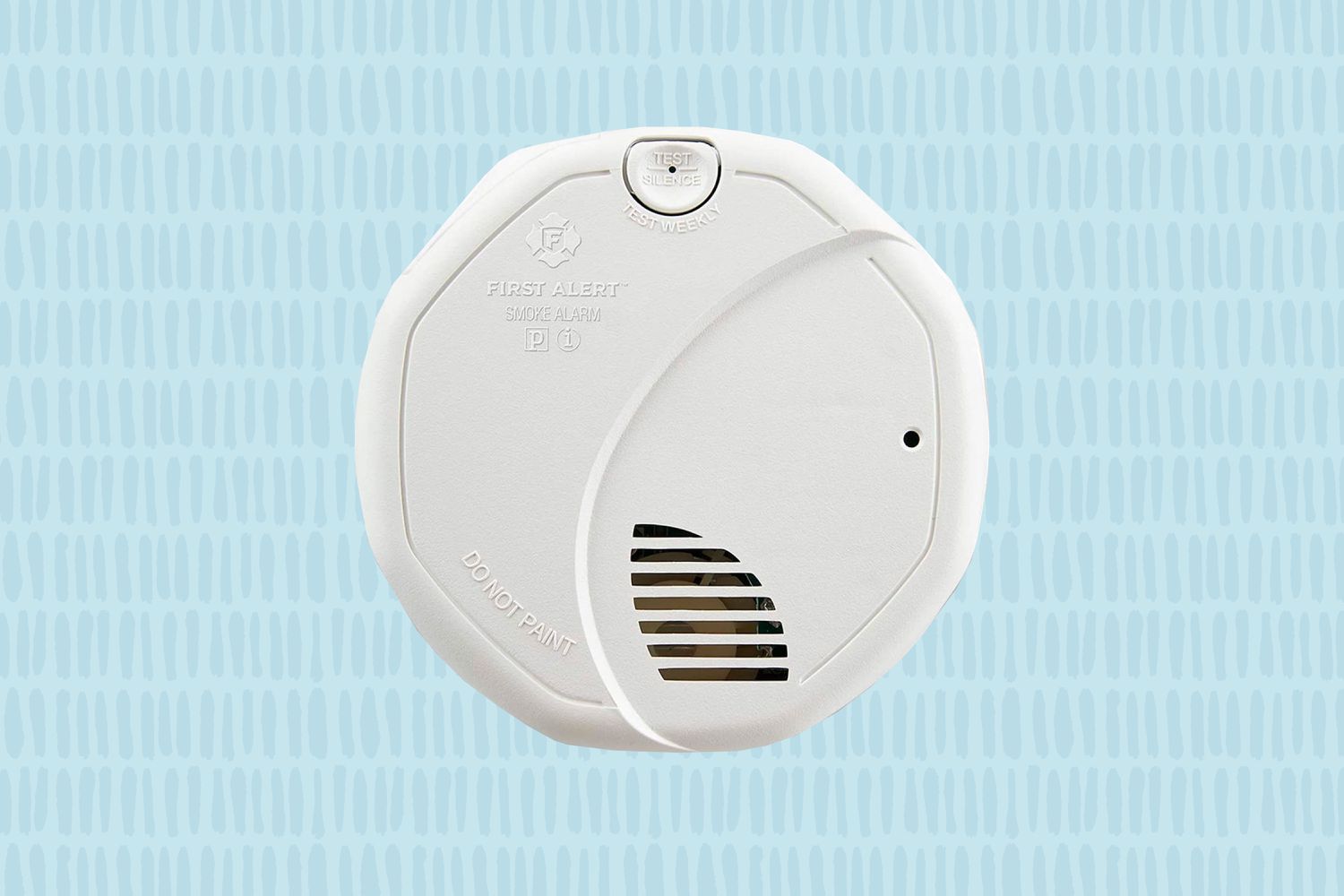
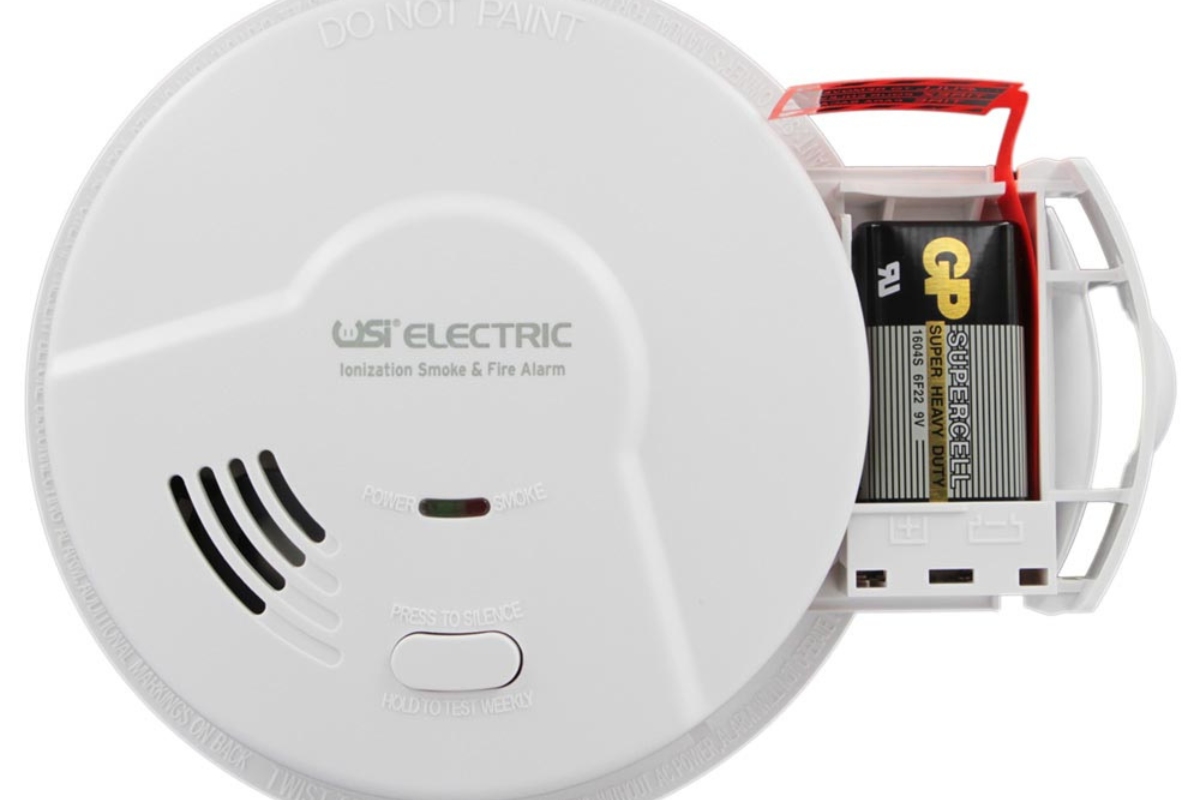
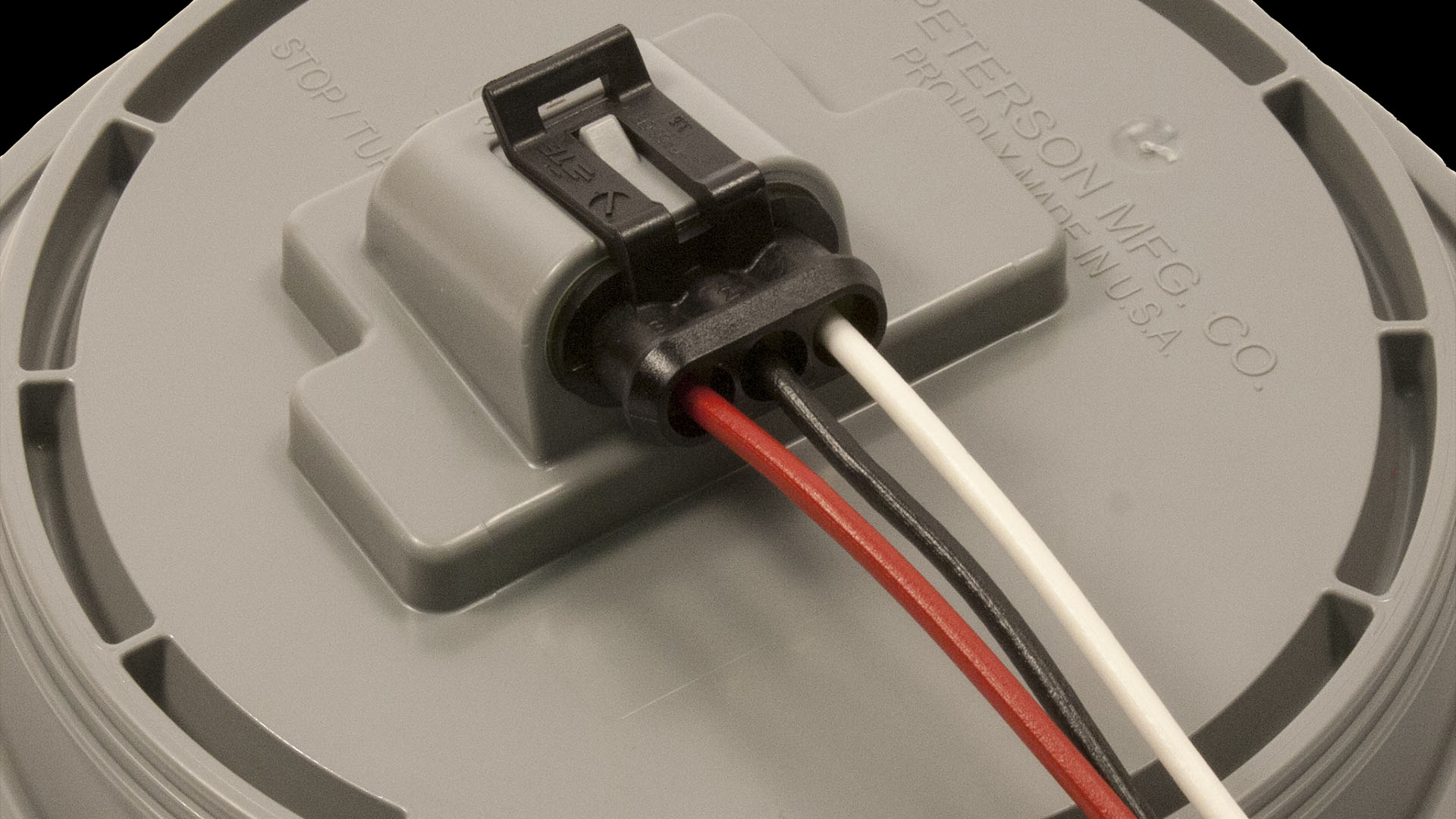
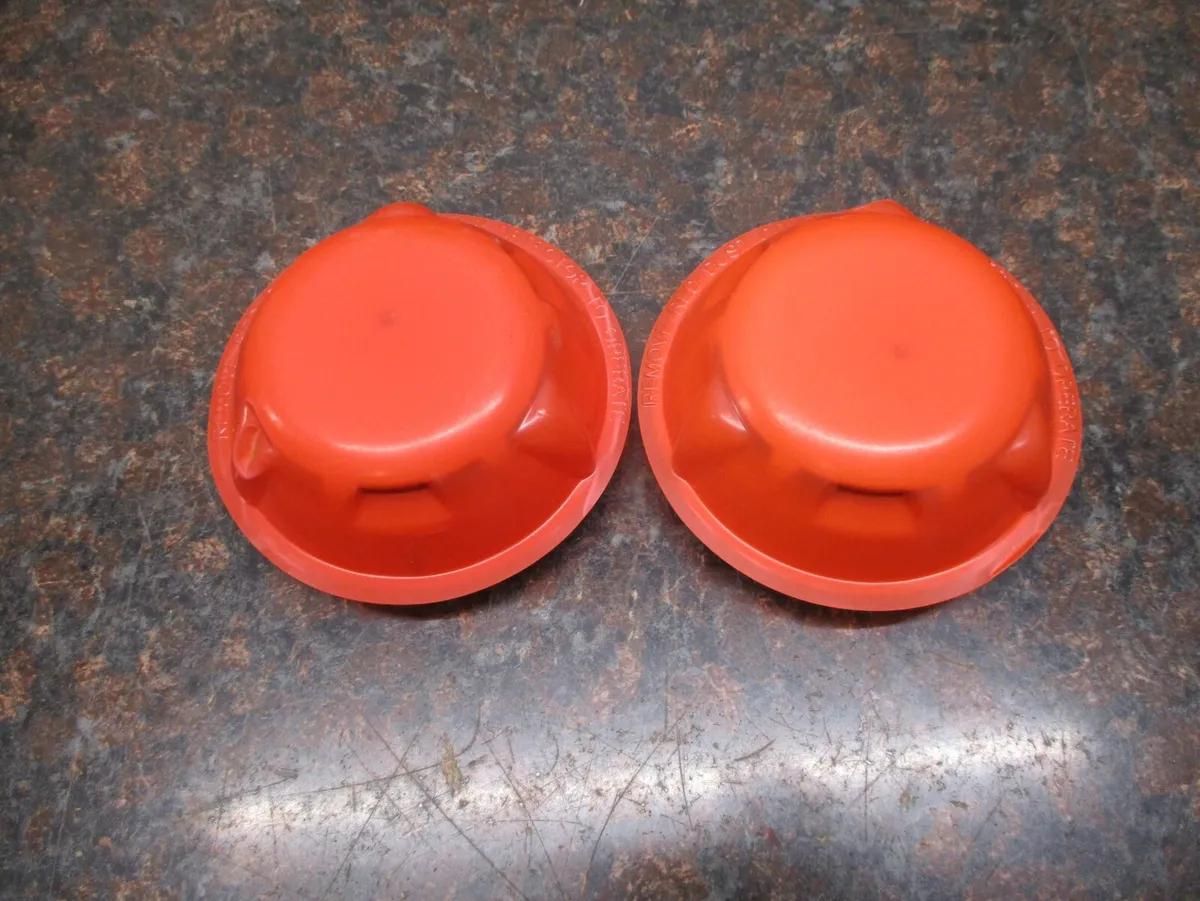
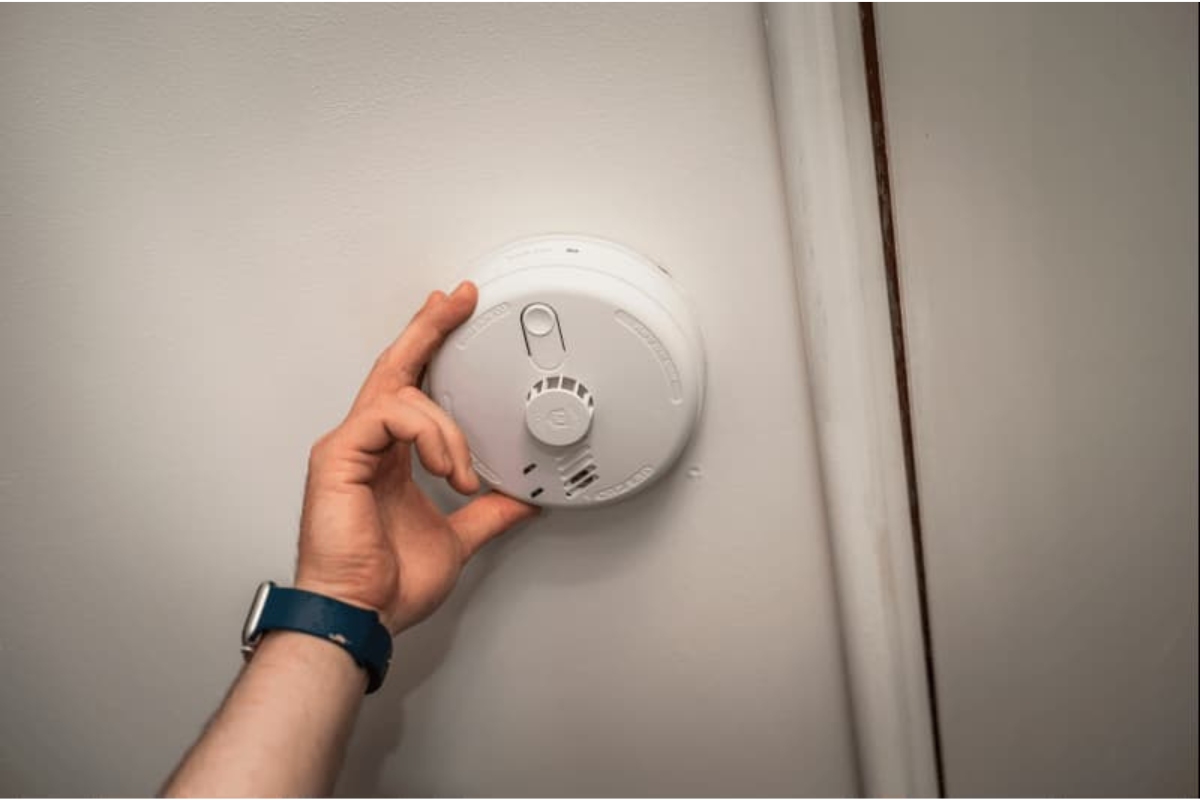

0 thoughts on “How Much Americium-241 Is In A Smoke Detector”